Lions in culture typically represent strength, power, courage and nobility. They appear widely on religious artifacts, national flags, paintings, and literature throughout the ages and in contemporary films and art.
Lion depictions have been found in carvings and paintings from over a dozen caves in England and Europe, including the Lascaux and Chauvet Caves in France (Lascaux dates from 17,500 years ago, Chauvet from 30-32,000 years ago).
Tomb paintings in Ancient Egypt around 3,500 BC included images of lions. In Egyptian mythology, the war goddess Sekhmet (the goddess of medicine) was depicted as a lioness.t
Other gods in later periods of Egyptian culture (Maahes and Dedun) were depicted as lions as well.
Lions have also appeared in vases, reliefs, statues, and other types of sculpture, like the Lion Gate of ancient Greece.
They have become one of human culture’s most widely recognized animal symbols.
Lions in Cultures Around the World
Africa
In Africa, the lion represents courage, nobility, and strength. It is associated with kings and chiefs. Lions are frequently mentioned in African folklore and rituals and appear in paintings, masks, and woodcarvings.
In East Africa, the Maasai associate lions with power, strength, leadership, and bravery. Lion hunting was once an ancient tradition; today, the Maasai are working to protect them.
The Yoruba, an ethnic group in West Africa, consider the lion the king of the animal kingdom. They associate lions with royalty and incorporate the image of a lion into royal clothing ornaments as a symbol of power and authority.
For the Shona people of Southern Africa, the lion symbolizes courage. They are also considered guardians of the land and are protected.
African lion proverbs:
- “The lion does not turn around when a small dog barks.”
- “Do not try to fight a lion if you are not one yourself.”
- “When a goat laughs upon hearing that a lion is around, one needs to find out what grass it has been eating.” – Nigeria
- “No one challenges the lion in its den, for some challenges are too dangerous or formidable to confront directly.” – Nigeria
- “When a lion roars, he does not catch game.” South Sudan, Sudan, Uganda
Egypt
Historically, lions (Barbary lions) could be found in Egypt and surrounding areas, including the Sinai Peninsula and the Nile Valley. They were associated with danger, protection, life and death, pharaohs (royalty), and the sun. Lions were depicted in Egyptian art even when they could no longer be found in the region. The goddess Sekhmet, meaning the “mighty one,” had the head of a lion. She was associated with war, disease, and healing.
The Babylon Lion
The Babylonian empire (an ancient civilization in what is now Iraq) peaked during the reign of Nebuchadnezzar II (604-562 B.C.). “Professional Way” was the most significant street in Babylon. It passed through the Ishtar Gate to Bit Akitu (House of the New Year’s Festival). The gate was made of glazed brick and decorated with figures and symbols, including dragons and bulls. North of the gate, there were figures of lions. The lions were a repeating design that helped guide processions from the city to the temple.
Image: The glazed brick lions of Babylon
China
Lions are not native to China, but they have been an important symbol in Chinese culture for a long time. Lions were first introduced to China through trade along the Silk Road over 2,000 years ago. Traders and travelers from places like Persia and India brought stories and even live lions to China as gifts to emperors. The Chinese people were amazed by these powerful animals.
Even though most people in China had never seen a real lion, they became a symbol of strength, protection, and bravery. That’s why you often see stone lion statues placed in front of important buildings like palaces, temples, and government offices. These statues are called “guardian lions” or “Foo dogs” in English. They usually come in pairs — one male and one female — and are meant to scare away evil spirits and protect the people inside.
Lions also became a big part of Chinese festivals and performances. The lion dance is a traditional performance where two dancers wear a large lion costume and move to music. The dance is loud, colorful, and full of energy. It is especially popular during the Chinese New Year and is believed to bring good luck and drive away bad spirits.
Even though lions don’t live in the wild in China, they have become a powerful symbol in Chinese art, stories, and celebrations. They show how Chinese culture can take something from far away and make it a special part of their own traditions.
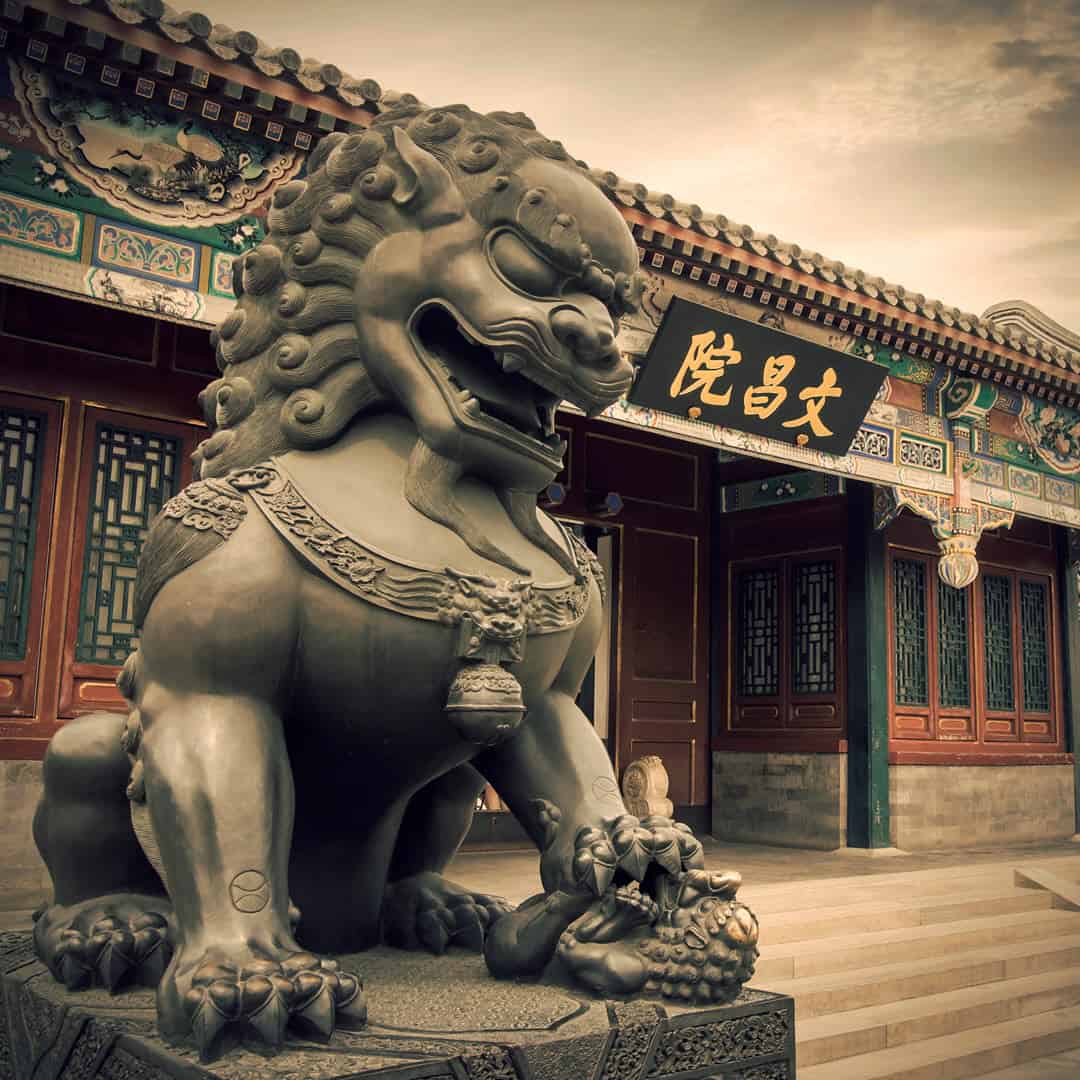
Lions in Culture: Art
Lions have been a popular subject in art for hundreds of years. Artists from many different countries have painted lions to show power, courage, beauty, and even danger. Even though not everyone had seen a real lion, their reputation as the “king of beasts” made them exciting and meaningful to paint.
Lion Hunt
One famous painting is “Lion Hunt” by Eugène Delacroix. Delacroix was a French artist who painted dramatic scenes with bold colors and lots of movement. In his lion hunt painting, you can see people and lions struggling in a wild, action-filled moment. The painting shows how strong and fierce lions are, and how they inspired fear and respect.
The Sleeping Lion
Another well-known painting is “The Sleeping Lion” by Rosa Bonheur. She was a famous female artist in the 1800s who loved painting animals. In this painting, the lion looks calm and peaceful, which shows a different side of the animal. Instead of being wild and dangerous, the lion is shown as gentle and relaxed.
Daniel in the Lions Den
A famous painting by Flemish artist Peter Paul Rubens. The painting is based on the story of Persian king Darius condemning Daniel to spend the night in a lions’ den.
Una and the Lion
“Una and the Lion” are characters in a five book epic poem “The Fairie Queene” by Edmund Spencer (1590). The poem is considered one of the most influential poems in the English language.
Una is the young daughter of a king and queen imprisoned by a ferocious dragon. On her journey to free her parents, she encounters a fierce lion. Captured by her beauty and innocence, the lion becomes her companion and protector instead of eating her.
In 1839, William Wyon designed a “Una and the Lion” British gold coin to commemorate the beginning of Queen Victoria’s reign. It is considered one of the most beautiful British coins ever struck.
Sculptor John Bell displayed a “Una & the Lion” marble sculpture at the Great Exhibition in 1851.
Scottish artist William Bell Scott’s famous “Una and the Lion” painting was exhibited at the Royal Academy in 1860.
Another well-known painting, “Una and the Lion,” was painted by Briton Riviere (1880), a British artist.
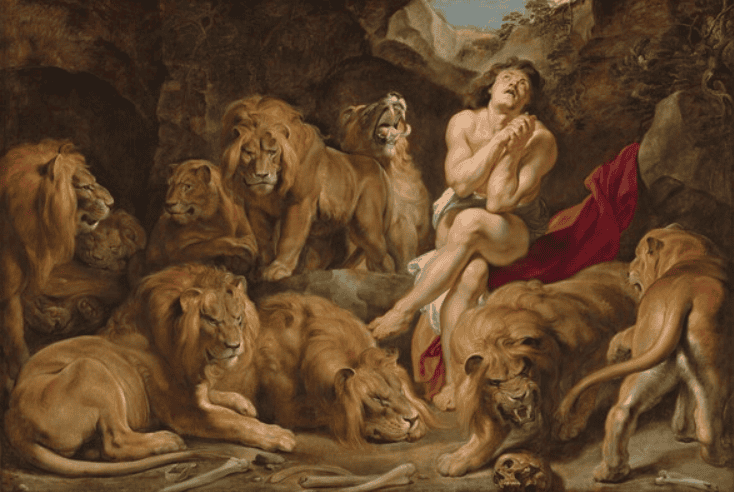
“Daniel in the Lions Den” – Peter Paul Rubens
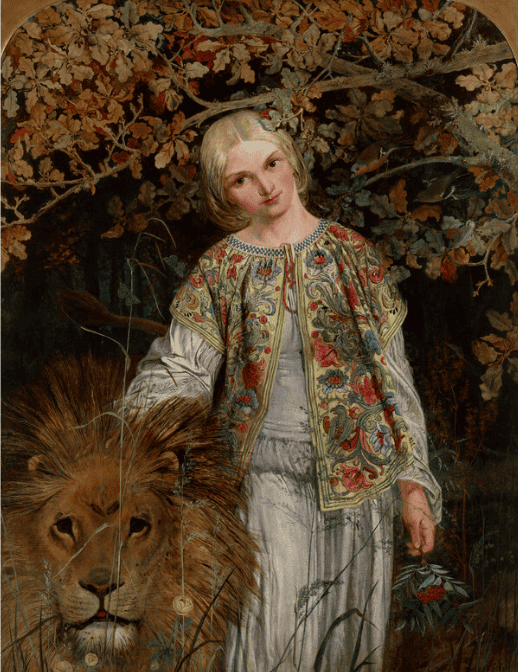
“Una and the Lion” – William Bell Scott
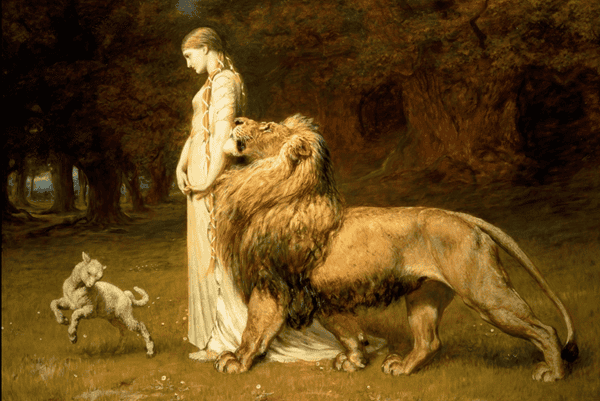
“Una and the Lion” – Briton Riviere
Lions in Culture: Entertainment
Lions have been stars in movies, TV shows, and other forms of entertainment for many years. One of the most famous lions of all time is Simba from The Lion King. This Disney movie tells the story of a young lion who must grow up, face his fears, and become king after his father dies. Simba’s journey is full of adventure, emotion, and important lessons about courage, responsibility, and family. The movie became a huge hit and even turned into a Broadway musical.
Another famous lion is Aslan from The Chronicles of Narnia series. Aslan is a magical, talking lion who helps a group of children defeat evil in a fantasy world called Narnia. He is wise, kind, and powerful. Many people see Aslan as a symbol of goodness and leadership. His character has inspired both kids and adults since the books were written and later made into movies.
You might also recognize the MGM lion, who appears at the beginning of many movies made by the Metro-Goldwyn-Mayer (MGM) film company. This lion is real, and it roars at the start of the film as a symbol of strength and Hollywood history. The original MGM lion logo first appeared in 1924, and it’s still being used today.
Lions continue to be popular in entertainment because they are strong, noble, and exciting to watch. Whether they’re animated, magical, or real, lions have always had a special place in the stories we love.
The Cowardly Lion
The Wizard of Oz: L. Frank Baum
The Cowardly Lion is a character from The Wizard of Oz, a famous book and movie. Even though he is a big, strong lion, he feels scared all the time and believes he doesn’t have courage. He joins Dorothy and her friends on a journey to see the Wizard, hoping to get some bravery. Along the way, he proves that he is actually brave by helping his friends and facing danger, even when he’s scared. The Cowardly Lion shows that being brave doesn’t mean you’re never afraid — it means you do the right thing even when you are.
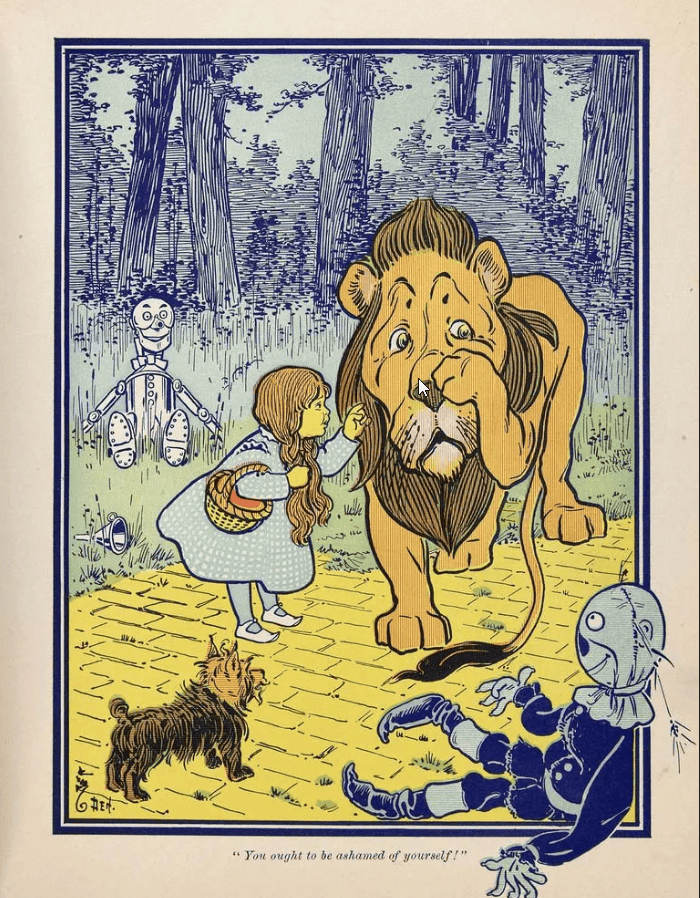
References
The Lion in Medieval Western Europe (www.cambridge.org)
The Pair Lion Motif in Shiva Temple of Medieval Bengal: Its Source and Evaluation (American International Journal of Social Science Research)

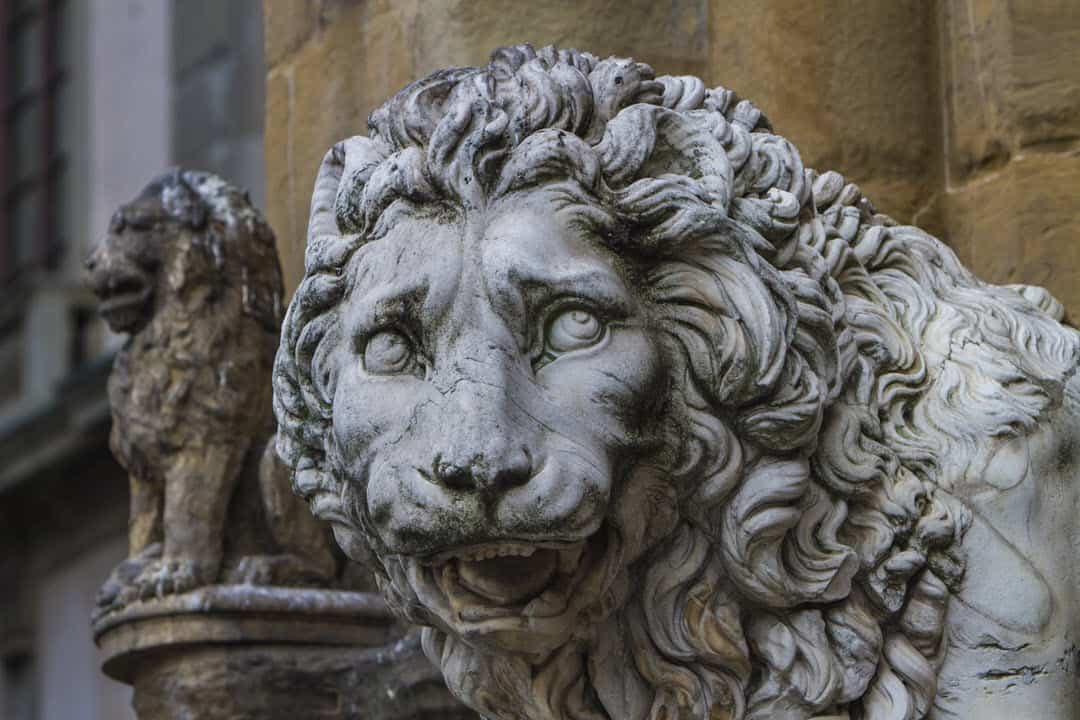
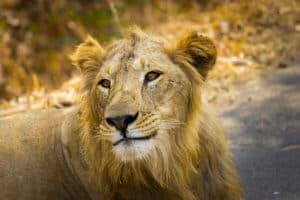
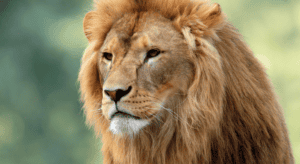
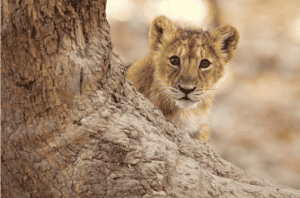
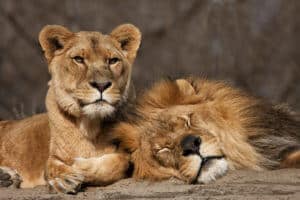
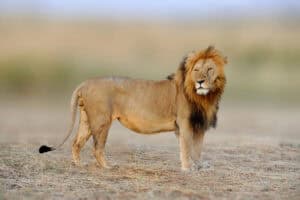

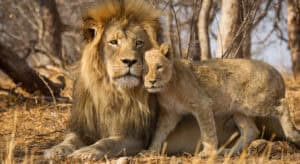
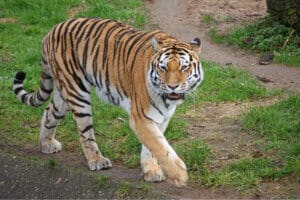





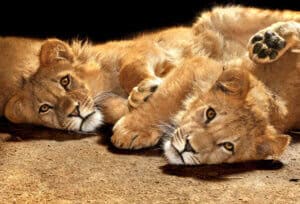
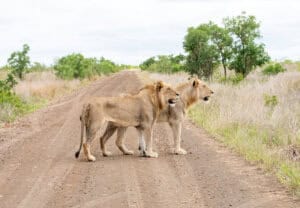



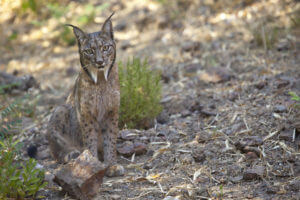

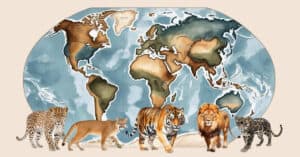


0 Comments